Shawdesh desk:
The recent escalation of tensions between Iran and Israel has drawn attention to their respective military capabilities, sparking discussions on which country holds the upper hand in potential conflicts. A closer examination reveals significant disparities across various aspects of their military strength.
According to Global Firepower, which provides comprehensive data on the military capabilities of countries worldwide, Iran ranks 14th out of 145 countries on the Power Index, with Israel closely following at 17th place.
Population and Manpower
Iran boasts a larger population than Israel, with approximately 87.6 million people compared to Israel’s 9 million. This demographic advantage translates into a larger pool of potential recruits for the military. Iran’s armed forces consist of approximately 6,10,000 regular troops and 3,50,000 reserves, while Israel maintains a regular army of 1,70,000 personnel and 4,65,000 reservists. However, Israel’s mandatory military service ensures a well-trained and disciplined reserve force.
Financial Capability
Despite Iran’s sizable manpower, Israel surpasses it in terms of defense spending. Israel allocates a substantial portion of its budget to defense, with a total defense budget of $24 billion compared to Iran’s $9.95 billion. This significant disparity in funding enables Israel to invest in advanced weaponry and technology, giving it a strategic advantage.
Ground Power
Iran holds a numerical advantage in certain ground assets, such as tanks and armored vehicles. With 1,996 tanks and 65,765 armored vehicles, Iran ranks higher than Israel in these categories. However, Israel’s military possesses more advanced tanks, such as the Merkava series, renowned for their superior design and armor protection. Additionally, Israel maintains a robust artillery capability, including self-propelled artillery units, which further enhances its ground power.
Air Power
Israel maintains air superiority over Iran, boasting a more modern and technologically advanced air force. With 241 fighter jets compared to Iran’s 187, Israel possesses a more formidable aerial arsenal. Moreover, Israel’s air force is equipped with advanced aircraft such as F-15s, F-16s, and F-35s, providing it with superior combat capabilities. Iran’s air force, while sizable, lacks the same level of sophistication and relies on outdated aircraft models.
Naval Power
In terms of naval strength, Iran holds a numerical advantage with 101 warships and 19 submarines compared to Israel’s 67 warships and 5 submarines. However, Israel’s navy focuses on maritime defense and maintains a technologically advanced fleet equipped with advanced missile defense systems. Additionally, Israel’s naval forces are highly trained and capable of conducting operations in diverse maritime environments.
Nuclear Weapons
While neither Iran nor Israel officially acknowledge possession of nuclear weapons, it is widely believed that Israel possesses a significant nuclear arsenal. Estimates suggest that Israel may have approximately 90 nuclear warheads, although the country maintains a policy of ambiguity regarding its nuclear capabilities. Iran, on the other hand, denies pursuing nuclear weapons and maintains that its nuclear program is for peaceful purposes.
Logistics and Geographical Considerations
Iran holds logistical advantages due to its larger size and geographic location, which provides access to strategic waterways and extensive land borders. However, Israel’s compact size allows for greater operational flexibility and rapid deployment of forces. Additionally, Israel benefits from strong alliances, particularly with the United States, which provides crucial logistical and military support.
In summary, both Iran and Israel possess unique strengths and weaknesses in their military capabilities. While Iran may have numerical advantages in certain areas, Israel’s technological superiority, strategic alliances, and well-trained military give it a significant edge in potential conflicts. Ultimately, the balance of power between the two countries remains a complex and evolving dynamic shaped by geopolitical factors and regional tensions.


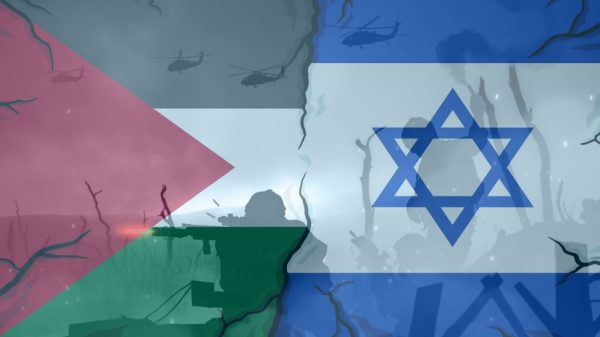
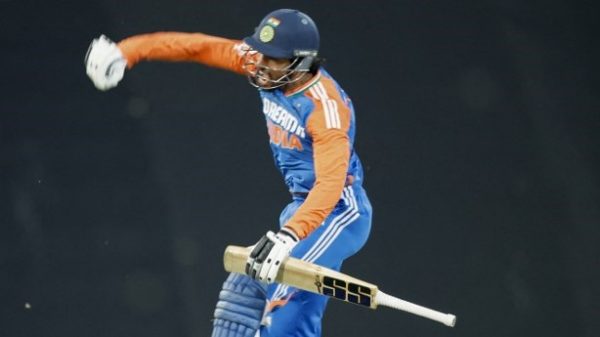
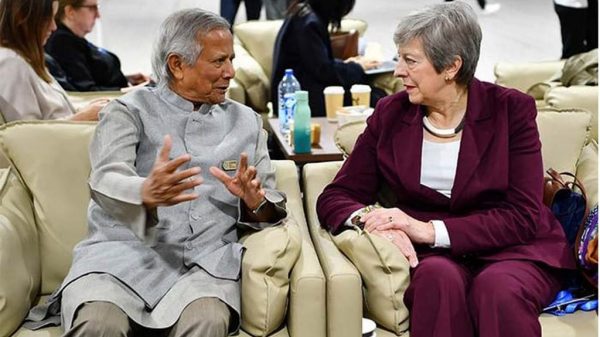


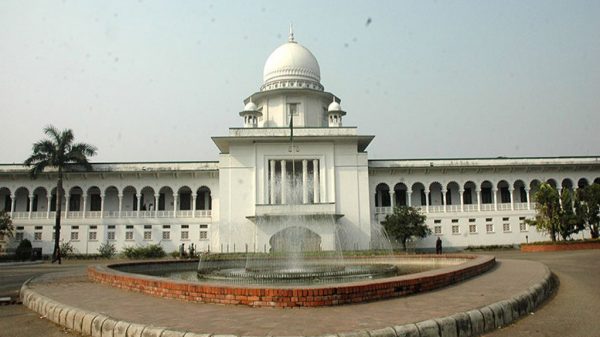




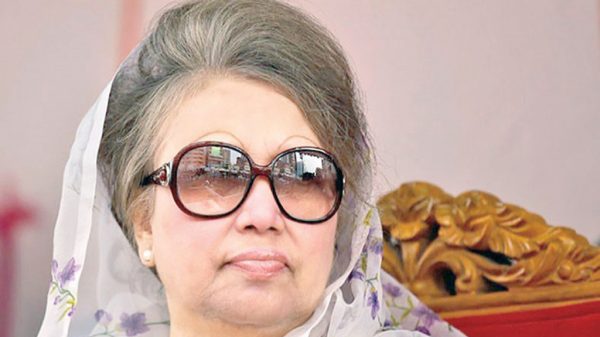
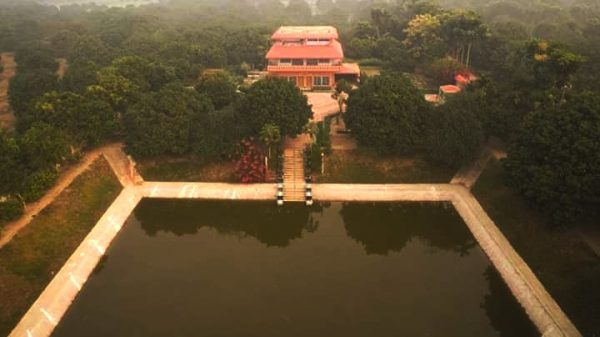
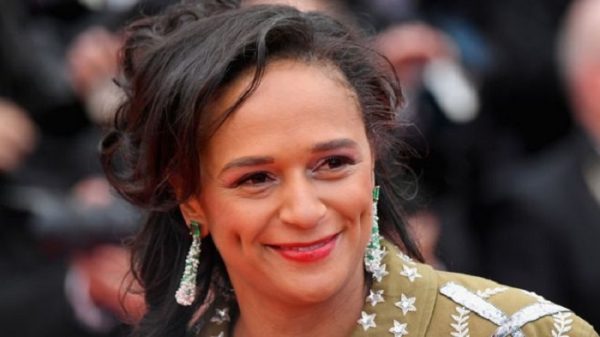


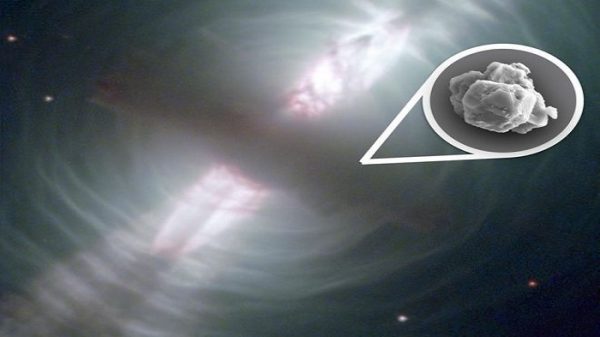
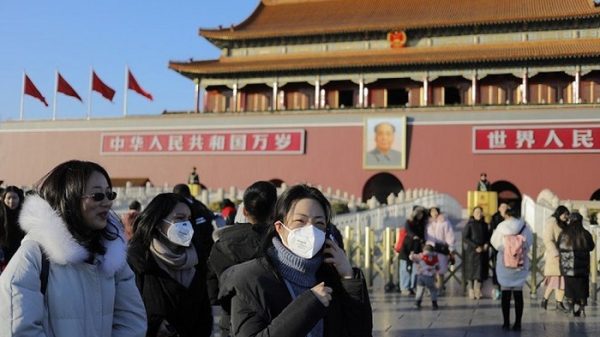

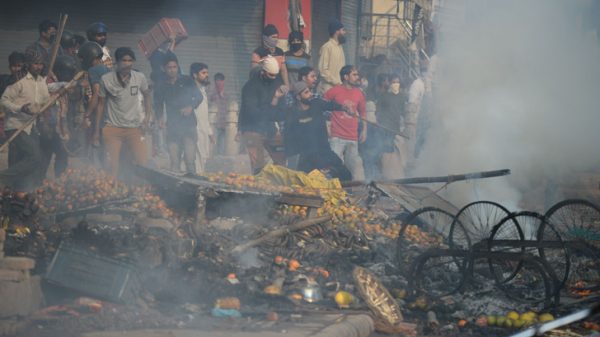



Leave a Reply